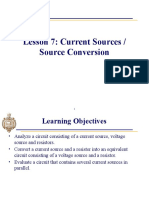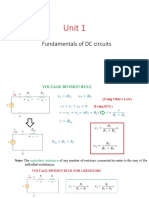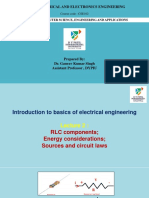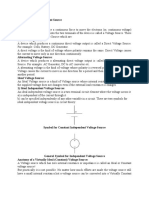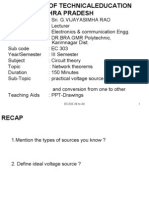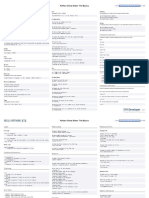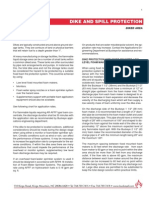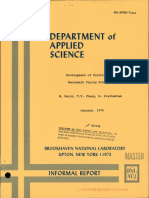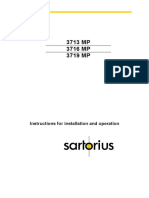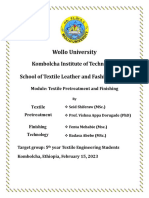0% found this document useful (0 votes)
42 views2 pagesCurrent Source Guide EEE
This guide provides an overview of current sources, essential components in Electrical and Electronics Engineering that deliver a constant current regardless of voltage. It covers types of current sources, their ideal and practical characteristics, mathematical representations, and applications in various fields. Additionally, it includes source transformation techniques and sample problems to illustrate concepts.
Uploaded by
onim.mechatronics1604Copyright
© © All Rights Reserved
We take content rights seriously. If you suspect this is your content, claim it here.
Available Formats
Download as DOCX, PDF, TXT or read online on Scribd
0% found this document useful (0 votes)
42 views2 pagesCurrent Source Guide EEE
This guide provides an overview of current sources, essential components in Electrical and Electronics Engineering that deliver a constant current regardless of voltage. It covers types of current sources, their ideal and practical characteristics, mathematical representations, and applications in various fields. Additionally, it includes source transformation techniques and sample problems to illustrate concepts.
Uploaded by
onim.mechatronics1604Copyright
© © All Rights Reserved
We take content rights seriously. If you suspect this is your content, claim it here.
Available Formats
Download as DOCX, PDF, TXT or read online on Scribd
/ 2



